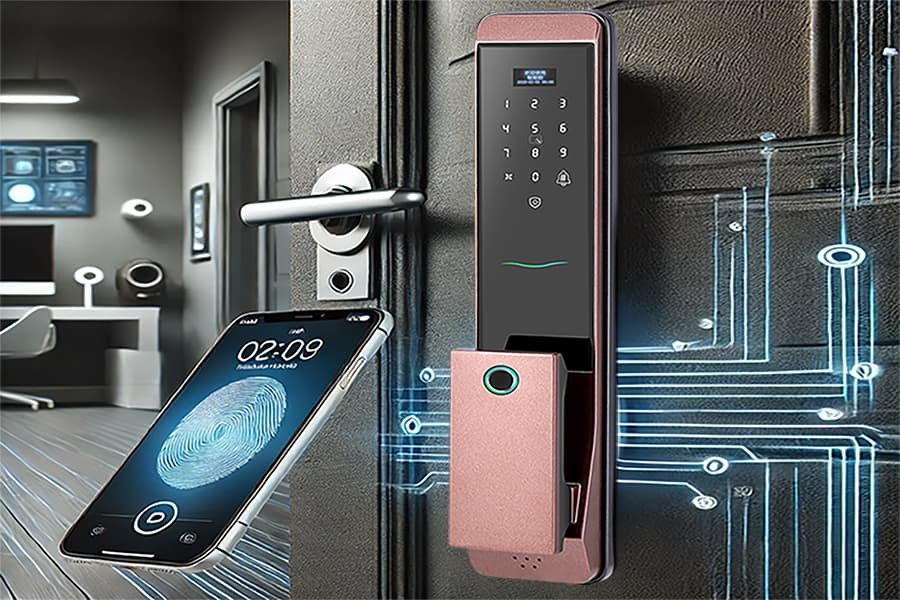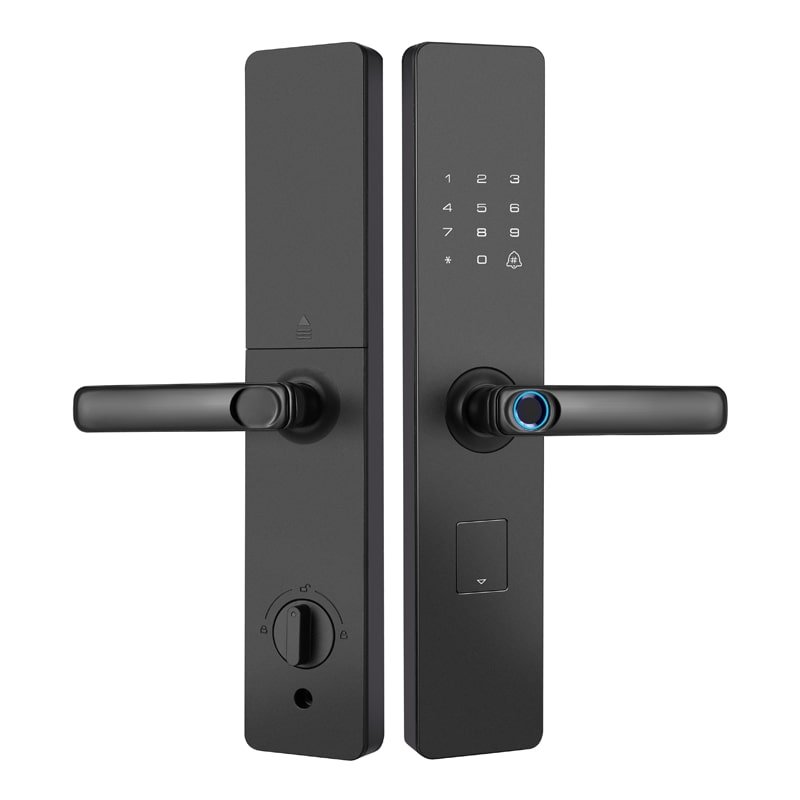Biometric security is changing how we protect our digital lives. From fingerprints to facial recognition, these technologies are making security stronger and easier to use. This article explores the latest Biometric Security Trends and how they are shaping the future of digital protection.
The Rise of Biometric Security
Biometric security uses unique traits like fingerprints, facial features, or voice patterns to verify identity. Unlike passwords, these traits are hard to fake. This makes biometrics a powerful tool for keeping data safe.
Key Trends in Biometric Security
- Contactless Biometrics: The COVID-19 pandemic has boosted the use of contactless technologies. Facial recognition and iris scanning are now popular because they are hygienic and easy to use.
- Integration with IoT: Biometric systems are connecting with smart devices like locks and wearables. This ensures only authorized users can access these devices.
- Multimodal Authentication: Combining multiple biometric methods, like fingerprints and facial recognition, makes security even stronger.
- AI and Machine Learning: These technologies improve accuracy and detect fraud. They also adapt to changes in biometric data over time.
Advantages of Biometric Security
- Enhanced Security: Biometric traits are unique and hard to copy.
- Convenience: No need to remember passwords or carry keys.
- Fraud Prevention: Advanced systems can detect fake biometric data.
- Scalability: Cloud-based solutions make it easy to manage large systems.
Challenges and Considerations
Biometric security is not without challenges:
- Privacy Concerns: Biometric data is sensitive and must be protected.
- Cost: Setting up biometric systems can be expensive.
- Bias: Some systems may not work equally well for all users.
Future Trends
The future of biometric security looks bright. Here are some trends to watch:
- Contactless Solutions: These will become standard in many industries.
- IoT Integration: More devices will use biometrics for access control.
- AI Advancements: AI will make biometric systems smarter and more reliable.
- Ethical Practices: Companies will focus on privacy and fairness.
Real-Life Benefits
Many businesses are already using biometrics. For example, airports use facial recognition to speed up security checks. Banks use fingerprints to protect accounts.
John, a tech expert, says, “Biometric security has made our systems safer and easier to use. It’s a game-changer.”
Conclusion
Biometric Security Trends are transforming digital protection. From contactless solutions to AI-driven systems, these innovations make security stronger and more convenient.
Discover how biometric security trends can protect your digital life today. Upgrade your systems and stay ahead of the curve.











